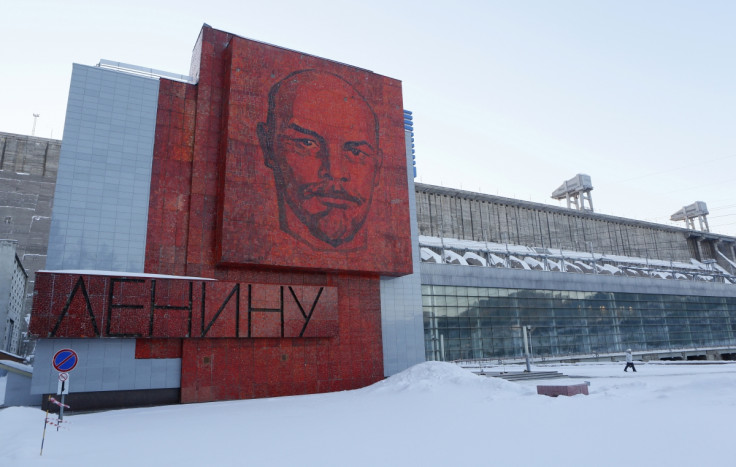Russia to spend £140k to keep Lenin's body on display in Moscow

Preserving the embalmed body of Vladimir Lenin will cost the Russian government up to 13m roubles (£140,000; $200,000) this year, according to the Federal Protective Service (FSO). A notice published by the agency said that it had contracted a supplier to perform "biomedical work for the conservation of the Soviet founder's body as it looked in life".
Lenin's body was mummified following his death in 1924 and has been on public display at a mausoleum in Moscow's Red Square ever since.
An institute known as the Centre for Scientific Research and Teaching Methods in Biochemical Technologies in Moscow has been responsible for maintaining the remains of the Communist revolutionary. Scientists from the institute also helped preserve the body when it was briefly evacuated to Siberia during the Second World War.
Lenin, who laid the foundation for the Soviet Union as a one-party communist state, is the subject of much historical debate. He led the Russian – and later Soviet – government from 1917 to 1924, generating mass social and economic upheaval to recreate Russia.
Divisive issue
Russian scientists have preserved Lenin's body by focusing on maintaining its physical form over its original biological matter.

"They have to substitute occasional parts of skin and flesh with plastics and other materials, so in terms of the original biological matter the body is less and less of what it used to be," Alexei Yurchak, professor of social anthropology at the University of California, told Scientific American last year.
"That makes it dramatically different from everything in the past, such as mummification, where the focus was on preserving the original matter while the form of the body changes."
Russian President Vladimir Putin was guarded when asked about the future of Lenin's body in Moscow's Red Square in January, saying the issue must be "approached carefully" so as to avoid steps that might split Russian society.
A 2012 poll revealed more than half of Russians wanted his body to be removed from display at the mausoleum and laid to rest.
© Copyright IBTimes 2025. All rights reserved.





















